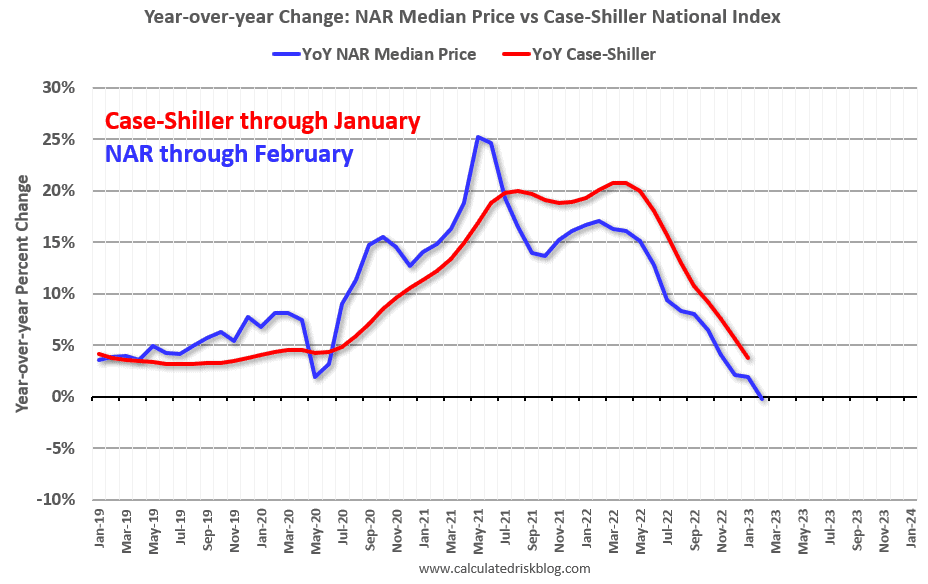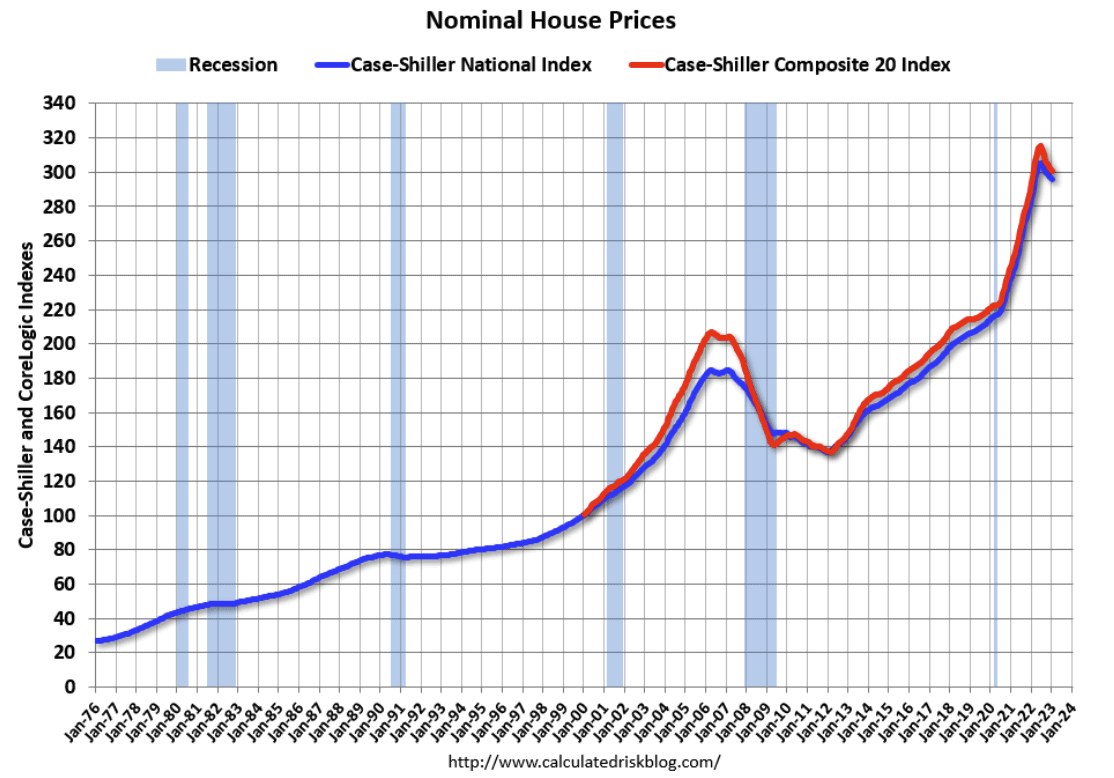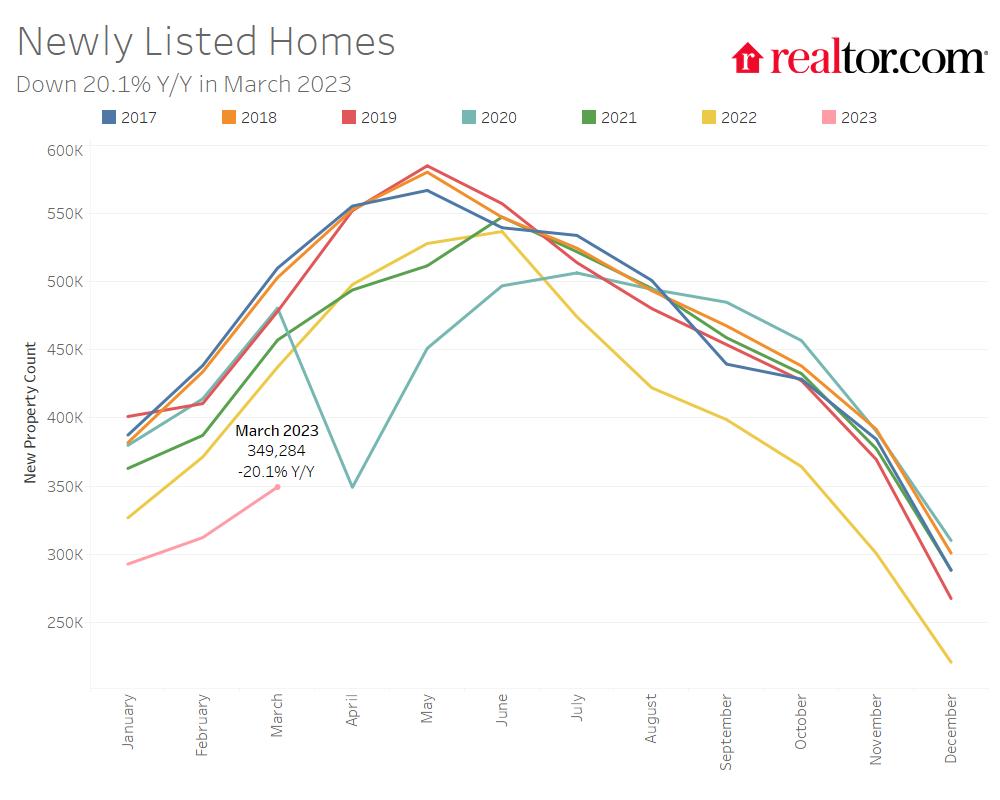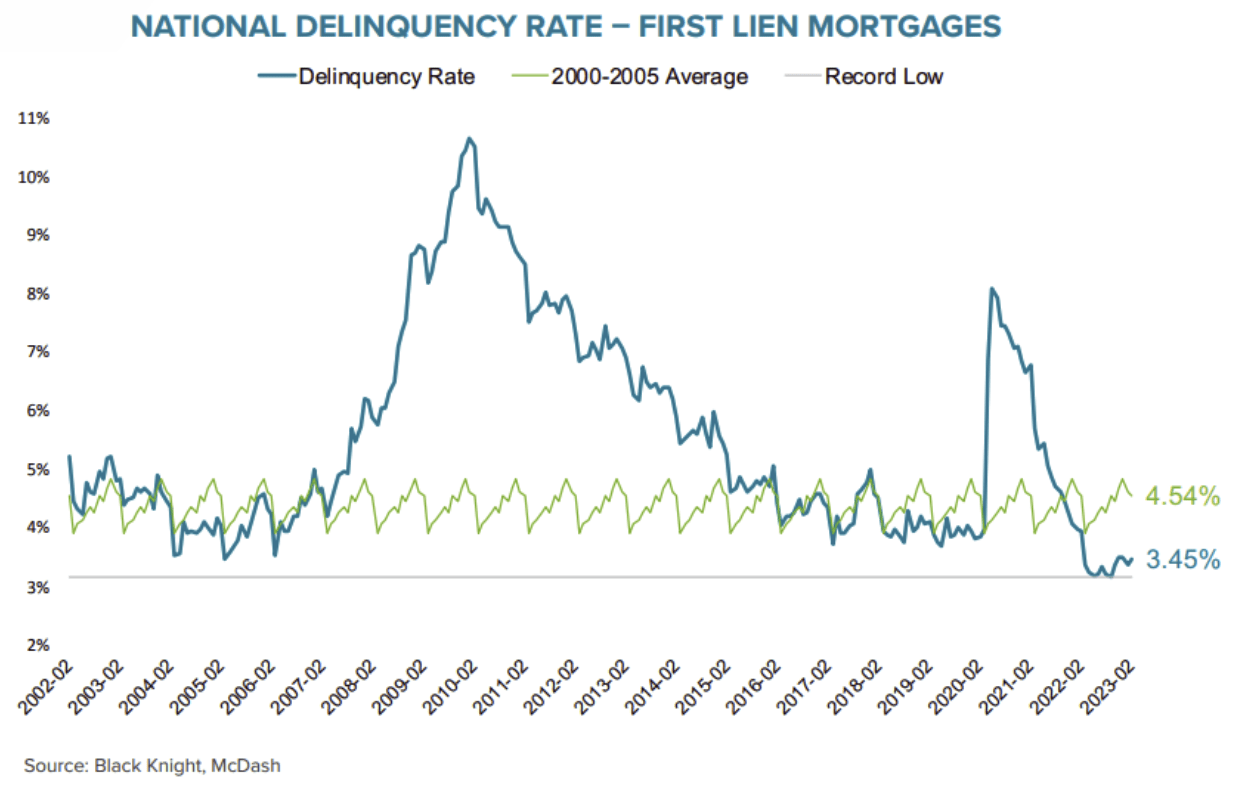Real Estate Prices Finally Decline Year-Over-Year After 131 Straight Months Of Increases
It was bound to happen, and it finally did.
Last month, according to a new report from the National Association of Realtors (NAR), real estate prices finally went negative,
“The median existing-home prices for all housing types in February was $363,000, a decline of 0.2% from February 2022 ($363,700), as prices climbed in the Midwest and South yet waned in the Northeast and West. This ends a streak of 131 consecutive months of year-over-year increases, the longest on record.”
All good things, right? Though at first, this might sound odd. I myself wrote back in September last year that prices had finally started to decline. But those were month-over-month prices. In normal times, even when the market is flat, prices tend to increase in the summer months and decrease in the winter months.
However, over the last few years, real estate prices have simply been on an almost straight trajectory upward, leaving the typical seasonal cycle in the dust. That trend ended last year. But despite monthly prices declining, the more closely monitored year-over-year price index was still up. Now, for the first time since the bottom of the Great Recession, year-over-year prices are down.
The average price of a home in February 2023 is ever-so-slightly lower than there were in February 2022.

Of course, 0.2% (or $700) is nothing to lose your head over. Especially when you look at the overall trend, that last, tiny little dip is the current “housing crash.”

It should be noted, however, that this is in nominal prices. When taking inflation into account, prices are down a bit more substantively. As Bill McBride notes,
“In real terms (using CPI less Shelter), the national index is 4.6% below the recent peak, and the Composite 20 index is 6.3% below the recent peak in 2022.”
Oddly though, on a month-to-month basis, prices actually rose in February for the first time since the middle of last year. After prices had fallen for seven straight months from their high of $413,800 in June 2022, they rose from $361,200 in January to $363,700 in February.
Again though, it’s important to remember that, all things being equal, prices tend to fall in the winter and rise in the summer. So, this is likely just seasonal variation at play here. Even still, it may be a sign that the housing market is beginning to stabilize despite the high rates. But, even if prices were to stand still where they are through the summer, it would mark a decline of over 12% by the time we get to June.
Fewer Listings Buoying the Housing Market
As I’ve noted before, substantially fewer people are listing their houses than last year, which is keeping supply down and thereby buoying housing prices. As Fortune points out,
“…only 349,294 U.S. homes were listed for sale in March 2023. That’s below the 437,270 listed in March 2022—a period that was infamous for its tight supply—and far below the 478,100 listed in March 2019.”
Those are declines of 20.2% and 27%, respectively. Nothing to scoff at.
While listings for February were up compared to January (again, remember seasonality), new listings are still well behind the last few years (with the obvious exception of when Covid first hit in March and April of 2020).

Despite the fewer listings, inventory is still up 15.3% year-over-year due to declining sales, although it ticked back down last month. February supply is 2.6 months compared to 2.9 months for January. Oddly enough, this is still considered a seller’s market. Usually, six months is considered a balanced market, although it’s been a long time since we’ve seen that. In my humble opinion, four or five should be considered balanced.
Where Are Things Likely To Go From Here
Housing collapses all but require a large number of delinquencies and foreclosures. That’s what happened in 2008. Today, however, most homeowners are sitting on fixed, low-interest debt, making such a collapse unlikely. After all, why sell if you have a 3% mortgage?
And as the following chart from Black Knight’s Mortgage Monitor makes obvious, mortgage delinquencies are still near record lows.

Other than the short-lived spike upon the arrival of Covid-19 and the subsequent lockdowns, delinquency rates have been quite low since the end of the Great Recession. And right now, they are running a full 1% below the 2000-2005 average.
The only thing that could cause a major spike in delinquency is either a substantial increase in unemployment or runaway inflation at levels far higher than even the rates we’ve seen recently.
The unemployment rate still sits stubbornly at 3.6% despite dramatic rate tightening, multiple bank failures, and a slew of high-profile layoffs.
The Fed has been stubborn in sticking to a high rate policy to quell inflation, even going so far as to raise the discount rate by 0.25% after Silicon Valley Bank and Signature Bank failed. So, unless the U.S. dollar loses its status as the reserve currency of the world (not a completely unrealistic concern, unfortunately), runaway inflation is quite unlikely.
Given the Fed pretty much stated aloud they wanted to cause a housing correction and are willing to cause a recession in order to quell inflation and housing prices, we should expect a continued softening of the real estate market but without a 2008-style collapse, other than perhaps in commercial real estate.
Of course, no one has a crystal ball. Maintaining high cash reserves and investing cautiously in the turbulent waters we are likely to continue swimming through is advised.
Find an Agent in Minutes
Match with an investor-friendly agent who can help you find, analyze, and close your next deal.
Note By BiggerPockets: These are opinions written by the author and do not necessarily represent the opinions of BiggerPockets.


